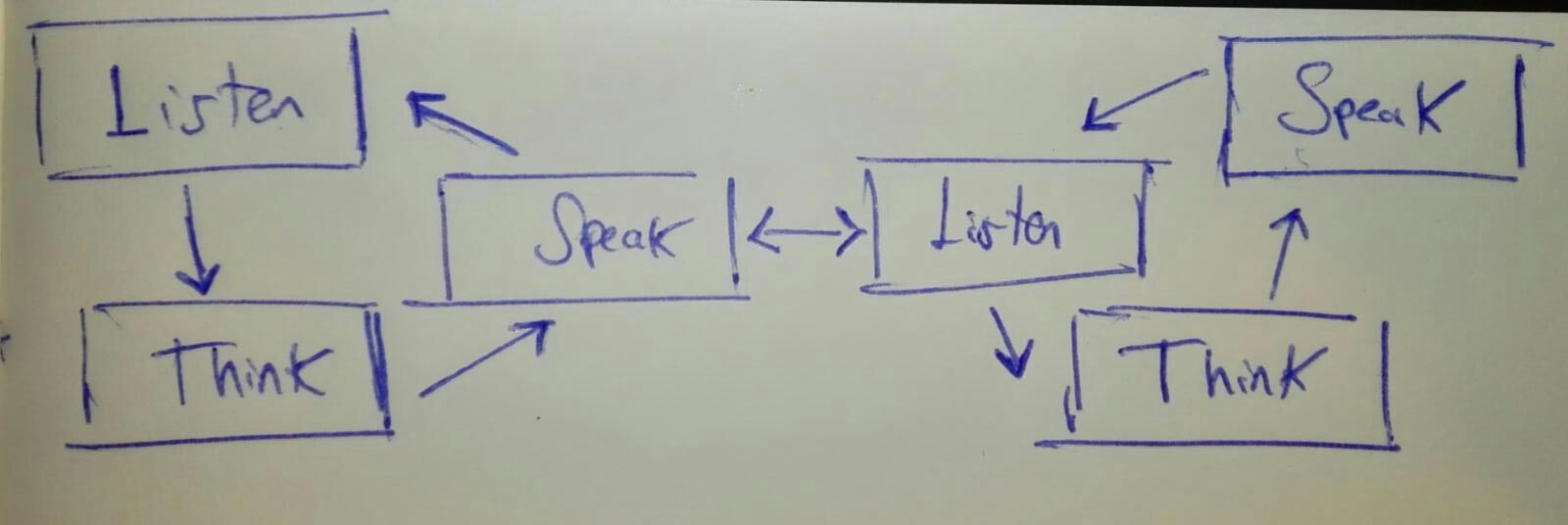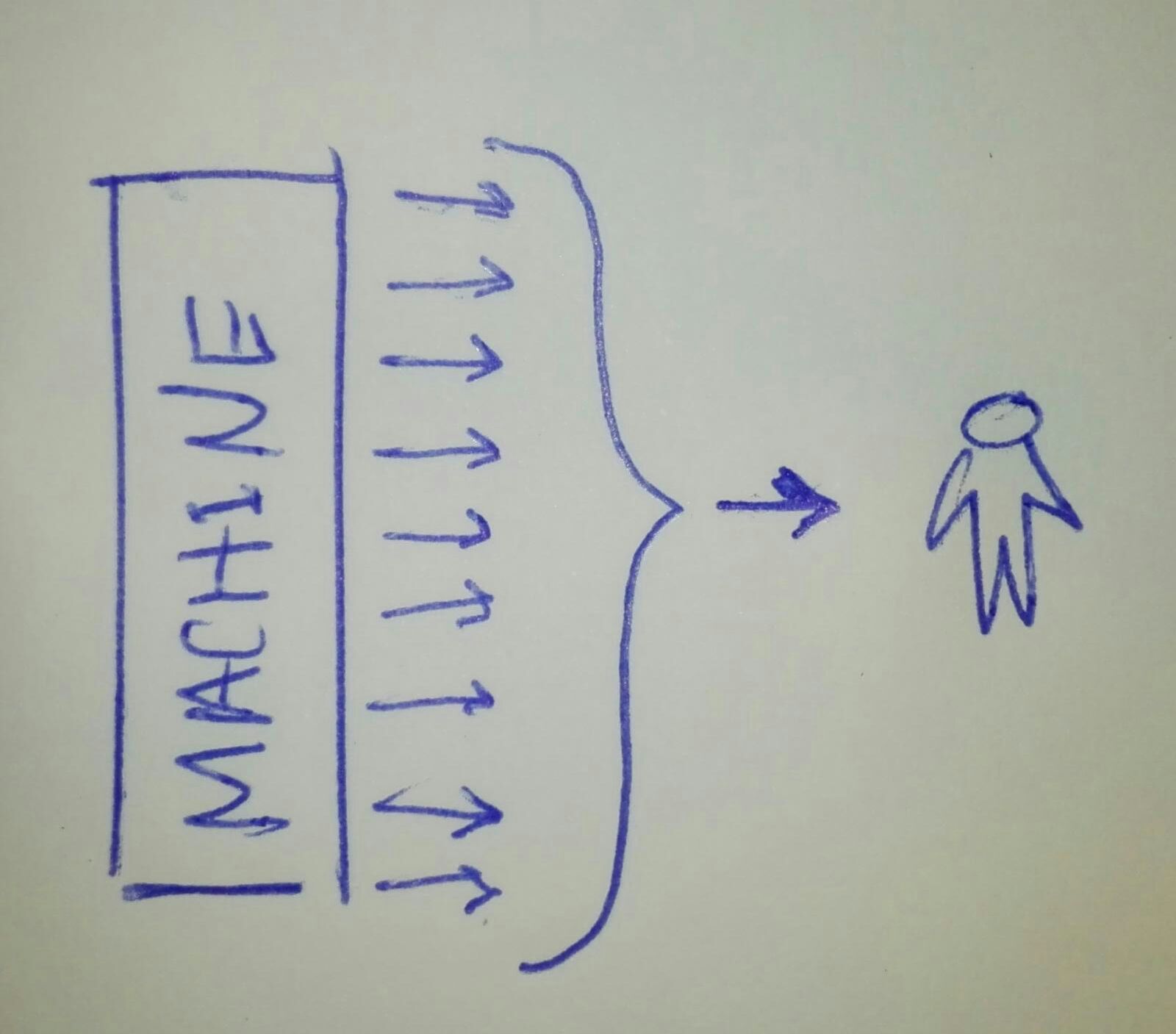This is a frequent question once you decided to study and work around Interactivity. In Colombia, I worked with an event production company as Interactive designer, my first answer to these people interested in this new study (because it is new) was: “Interactivity is communication mean which allows share information between people and machines or people and people through machines.” A definition I’d read in Wikipedia if I remembered it well. However, this meaning is just a blurred offshoot of all the power of interactivity. Reading Chris Crawford and his book: The Art of Interactivy Design, Interactivity is a process which involves the below actions: Listen, Think and Speak between two or more participants.

Every participant should be able to do these three basic actions in orden to communicate. Definitely it is more complex idea than I used to explain. That said, Interactivity is a tool which promotes more efective communication focusing in quality of inputs, processes and outputs of several systems.

Every individual action is a critical process itself and according with its fluency and rhythm, the communication will success. That said, the interactivity should be categorized by levels defined by how armonical are all their processes between them. Not all the systems are balanced, making low and high levels of interactivity. Remembering Crawford once more time, imagine two people who are communicating between each other. Every participant should be able to listen very well in orden to get 100% of the information, no data lost. At the same time every part have to be able to analize te information in similar paces. No one wants to talk too fast or too slow. Finally, consider how the way we speak defines the quality of the data we transmit.
Taking an example from Bred Victor, the possible futures of touchable displays which are showed in this prommotional video is just insufficient to explain all the feasible features available in an interactivity future.
In this video there is just an improvement in the UI/UX, meanwhile the info and experience approach are the same. In the future we dream, the objects will have more tools to communicate data, more ways to feedback their users and hence, more efficient manners of speaking, listening and proccesing. We are talking about textures, balance, movements, taste, smell, sensations, weight, body’s parts we are able to take advantage of, but we dont (we are just touching glass). That’s not the future I imagine neither.
Understanding the interactivity as a communicational medium, we should ask ourselves what is the core of their existence?, so far it is just another form of communication, but why should it be more desirable?. The answer is the competitive advantage implicits in the interactivity. High levels of interactivity promotes ENGAGEMENT. Consider the practical uses of a communicational mean in which people spend more time. Children could learn faster and deeper. Adults could become more empathic. Elders could catch up new tecnologies and decrease the generational gap. Even evil propaganda should be more effective with this kind of engagement tools. Just try to use interactivity for the common good.

On the other hand, any notion of interactivity has been designed based on human capabilities, but let’s think about how much are we able to read or sense?, how quick do we process information?. Probably you’ve already notice how many tasks could be done for a computer at the same time and how fast it deliveres it. This fact builds up a whole usability layer that transform data in order people to read it. A layer designed because our limitations. We’ve started becoming the asymptote which makes us think about tools to improve interactivity, tools used on ourselves to get better beings. Tools of the future.